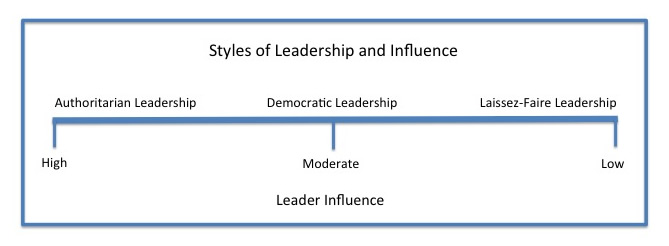Main Content
Lesson 04: Understanding Philosophy and Styles
Democratic Leadership Style
With the democratic style, the leader exercises a moderate level of influence. This style of leadership is sometimes referred to as participative or enlightened.
Characteristics
- Similar to Theory Y in assuming that employees are fully capable of working on their own
- The leader treats others as equals, listens, and provides counsel and support
- Common in team-oriented organizations that do not emphasize hierarchy
Examples of Appropriate Situations for this Style
- Decisions that will have a direct effect on employees
- Situations where employees have special expertise and first-hand knowledge of an issue (such as a technical work process or customer need)
Outcomes or Effects
| Positives | Negatives |
|---|---|
|
|
Now, check your understanding of democratic leadership in the workplace. Click the link below to complete the Democratic Leadership Exercise.
Laissez-Faire Leadership Style
With the democratic style, the leaders exercise a low level of influence.
Characteristics
- Dissimilar to both Theory X and Theory Y
- The leader is uninvolved; does not control, guide, nurture, or discipline employees
- May be appropriate when experienced, high-performing employees are completing routine tasks
Examples of Appropriate Situations for this Style
- Employees who need a great deal of freedom
- Experienced employees who have demonstrated a high level of competence
Outcomes or Effects
| Positives | Negatives |
|---|---|
|
|
Now, check your understanding of laissez-faire leadership in the workplace. Click the link below to complete the Laissez-faire Leadership Exercise.
Leadership Styles in Practice
Each leader has a unique style of leadership. Leadership styles are not unique entities but occur on a continuum that varies from high to low influence.

Note: From Northouse, P. (2015), Introduction to leadership: Concepts and practice (p. 95).
Thousand Oaks, CA: Sage. Adapted with permission.
Personal leadership styles are not fixed and often vary depending on the circumstances. Effective leadership includes understanding where you tend to lie on the continuum and on your ability to engage the style that is most appropriate for a given situation.
